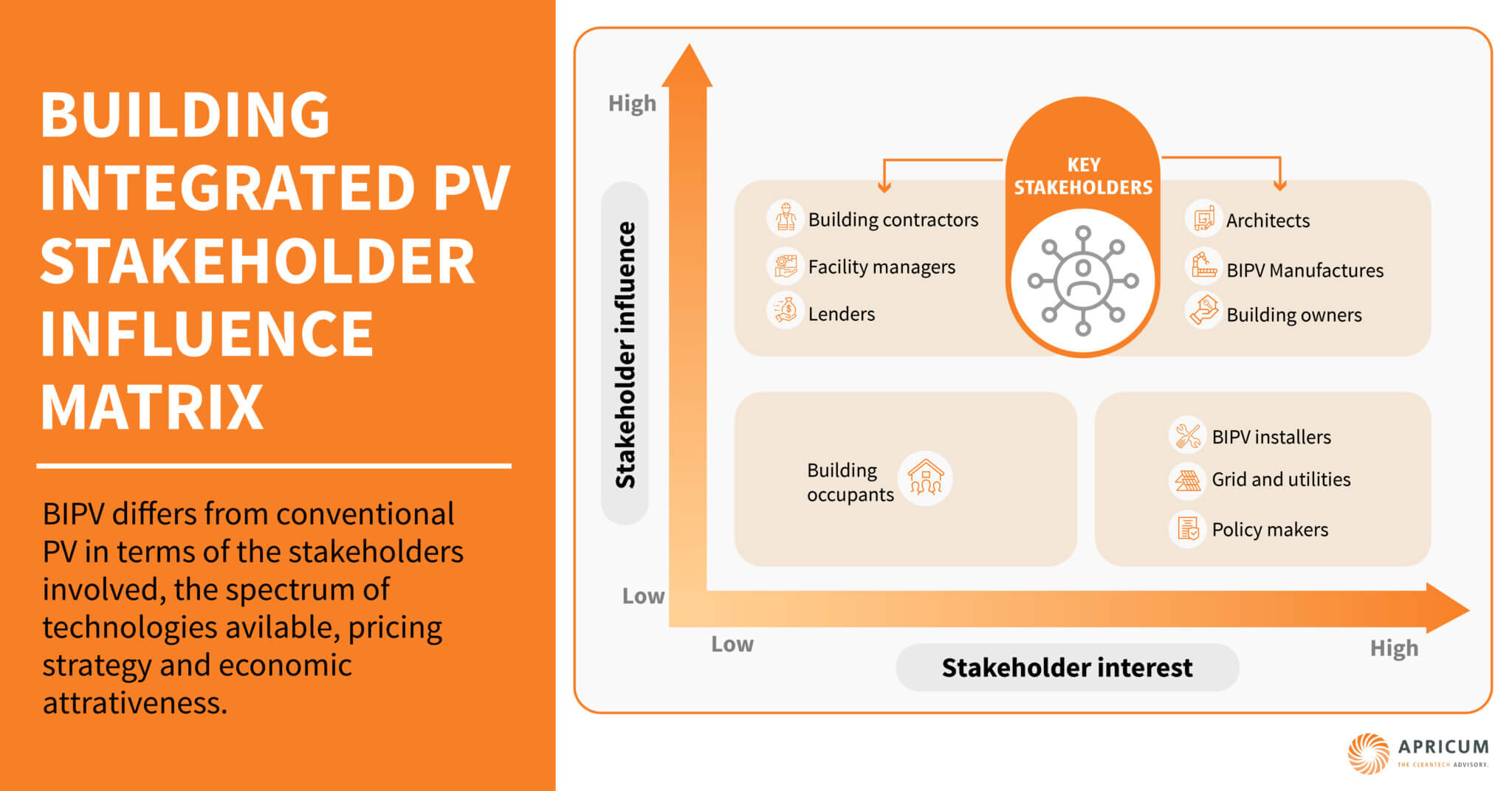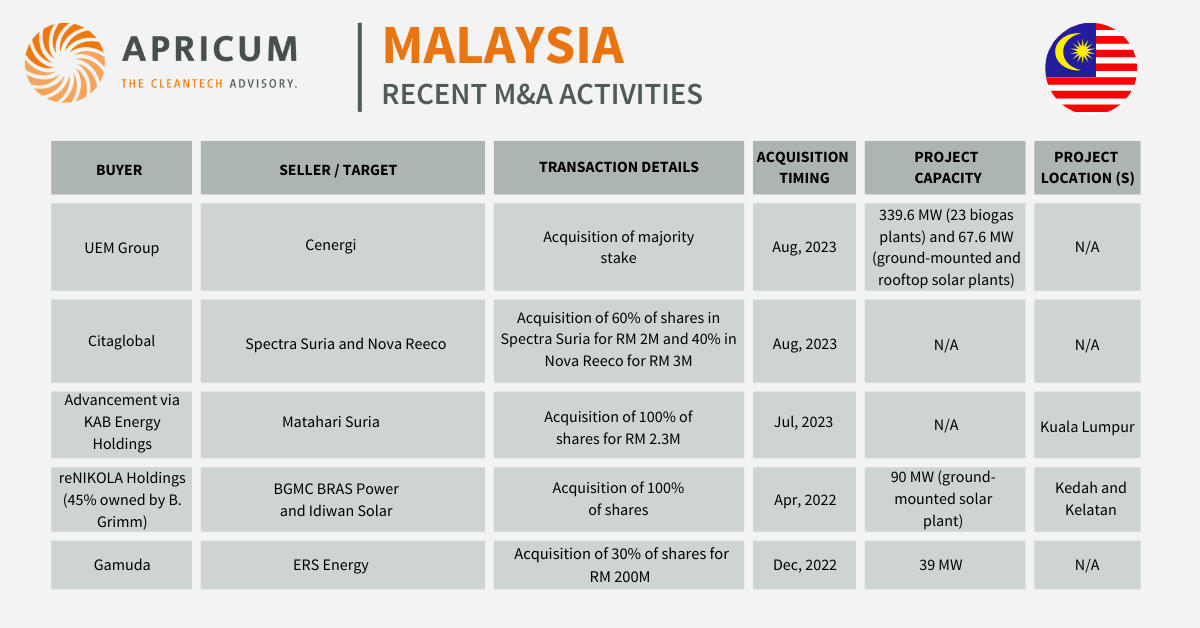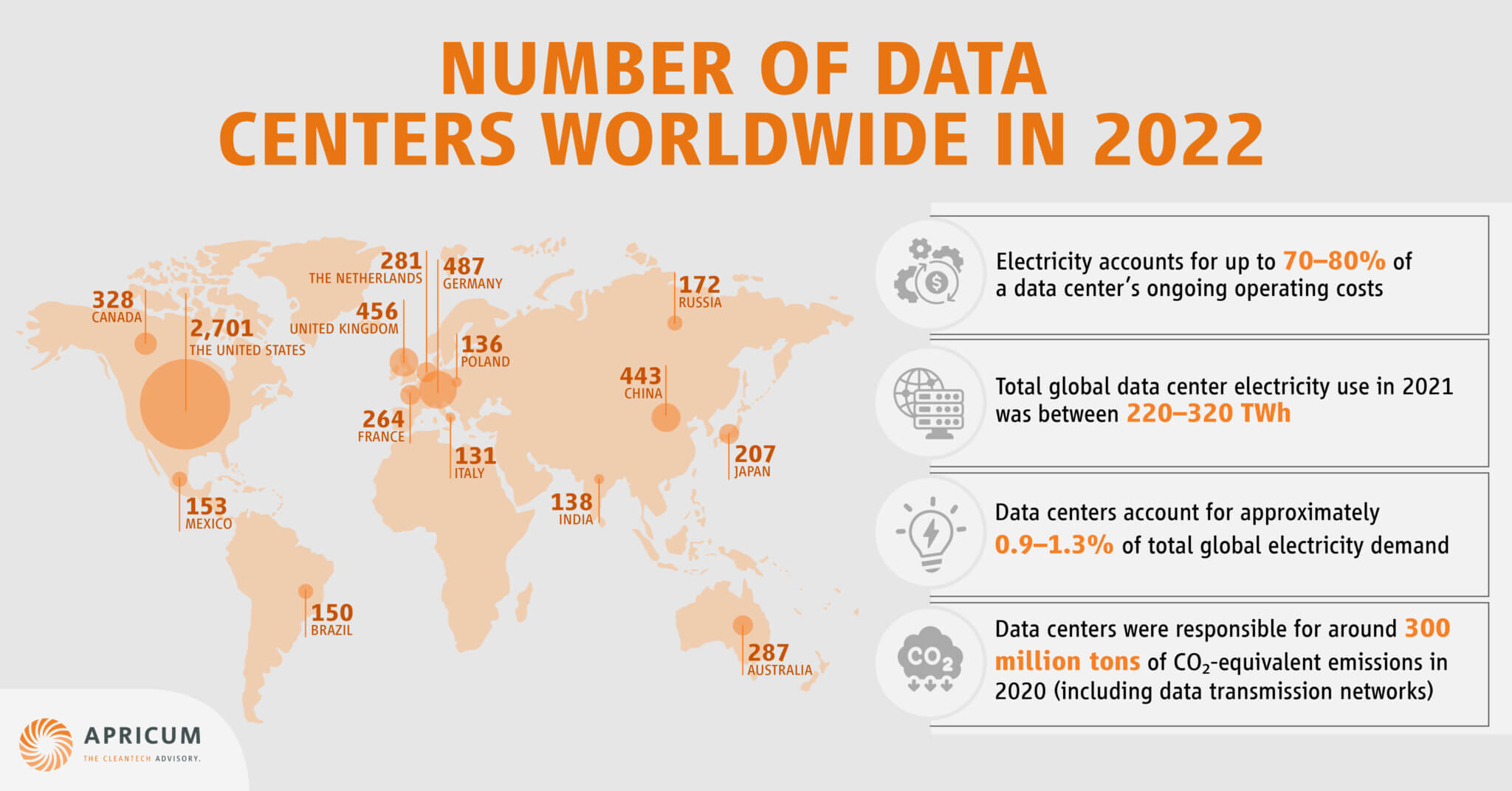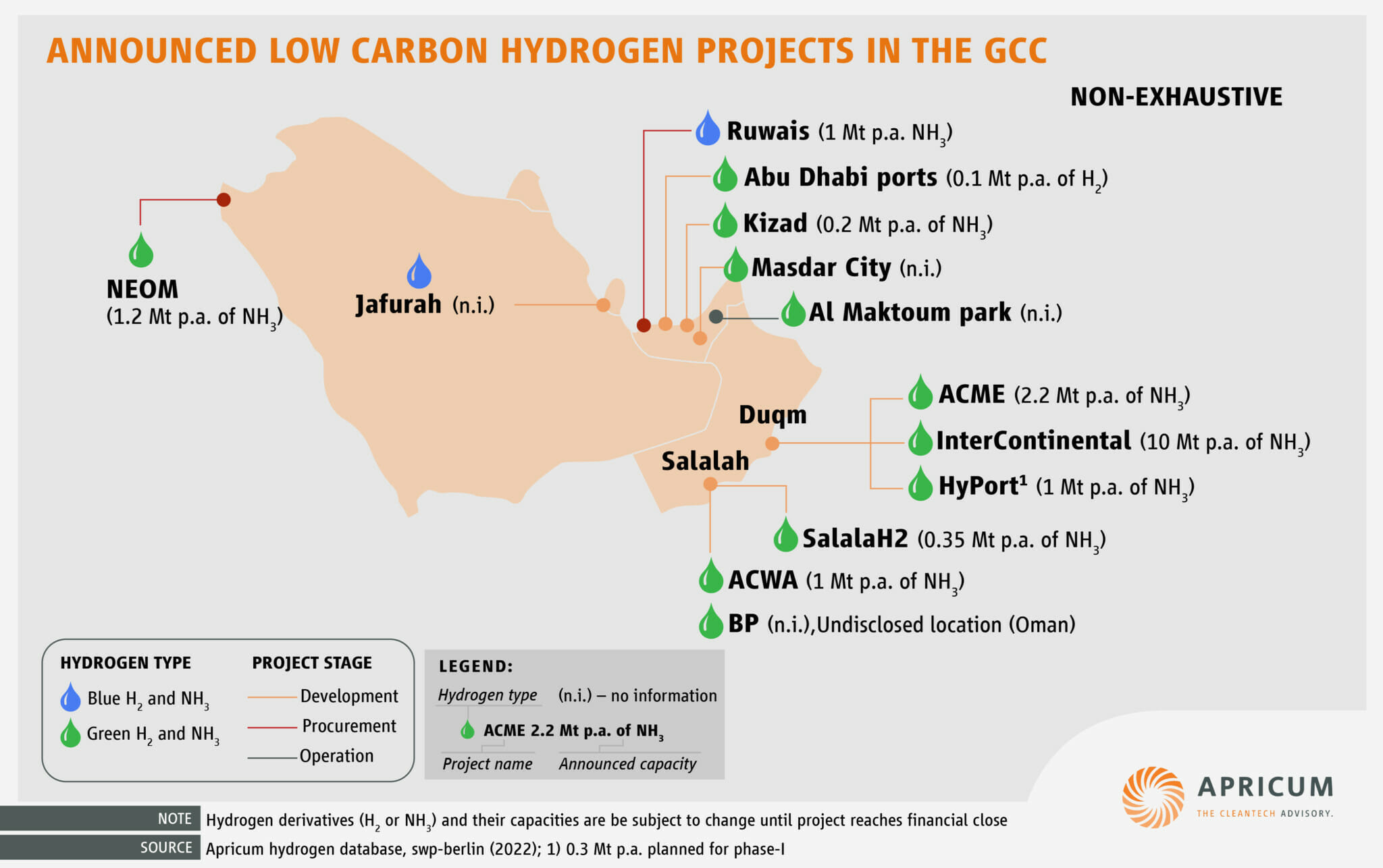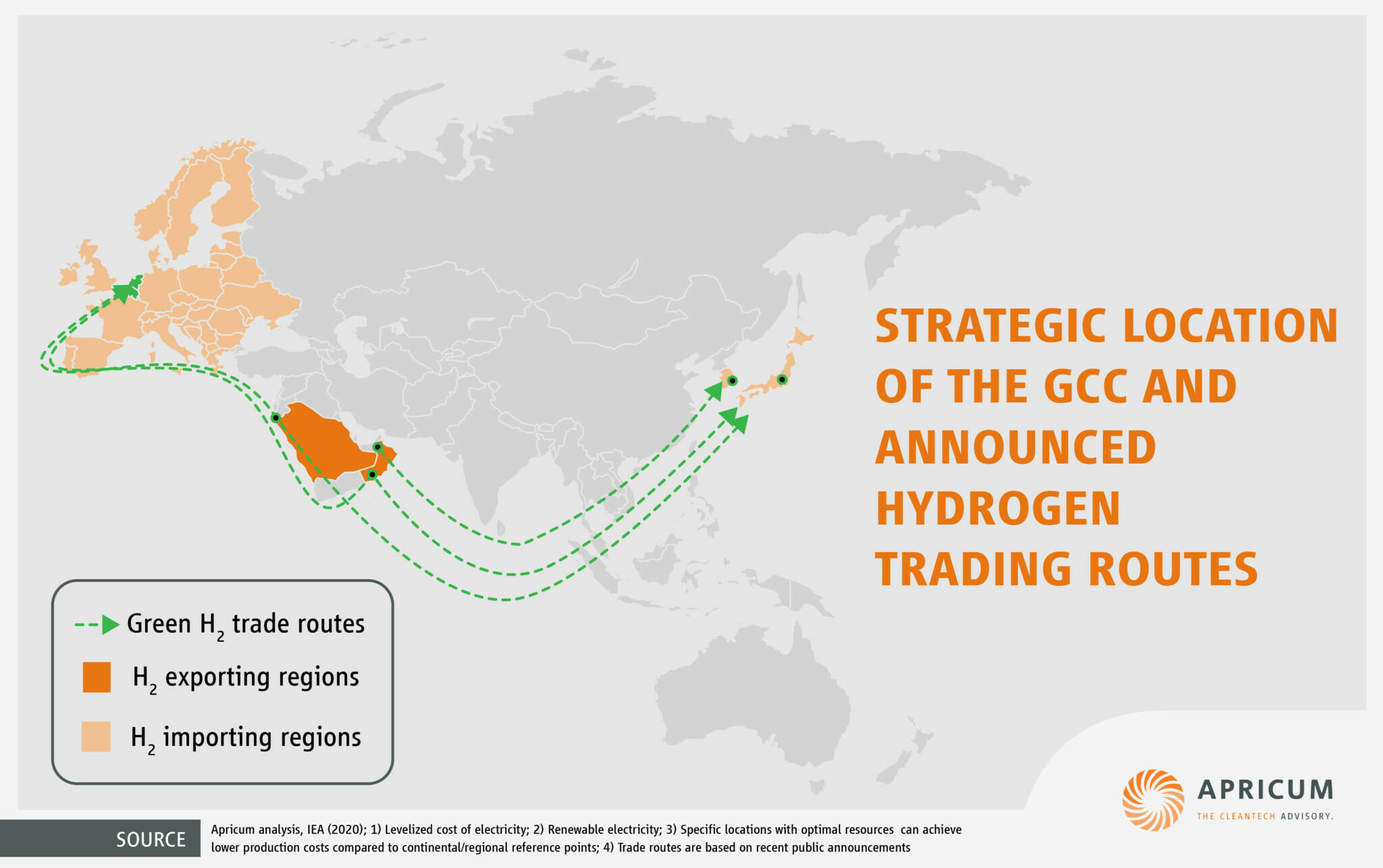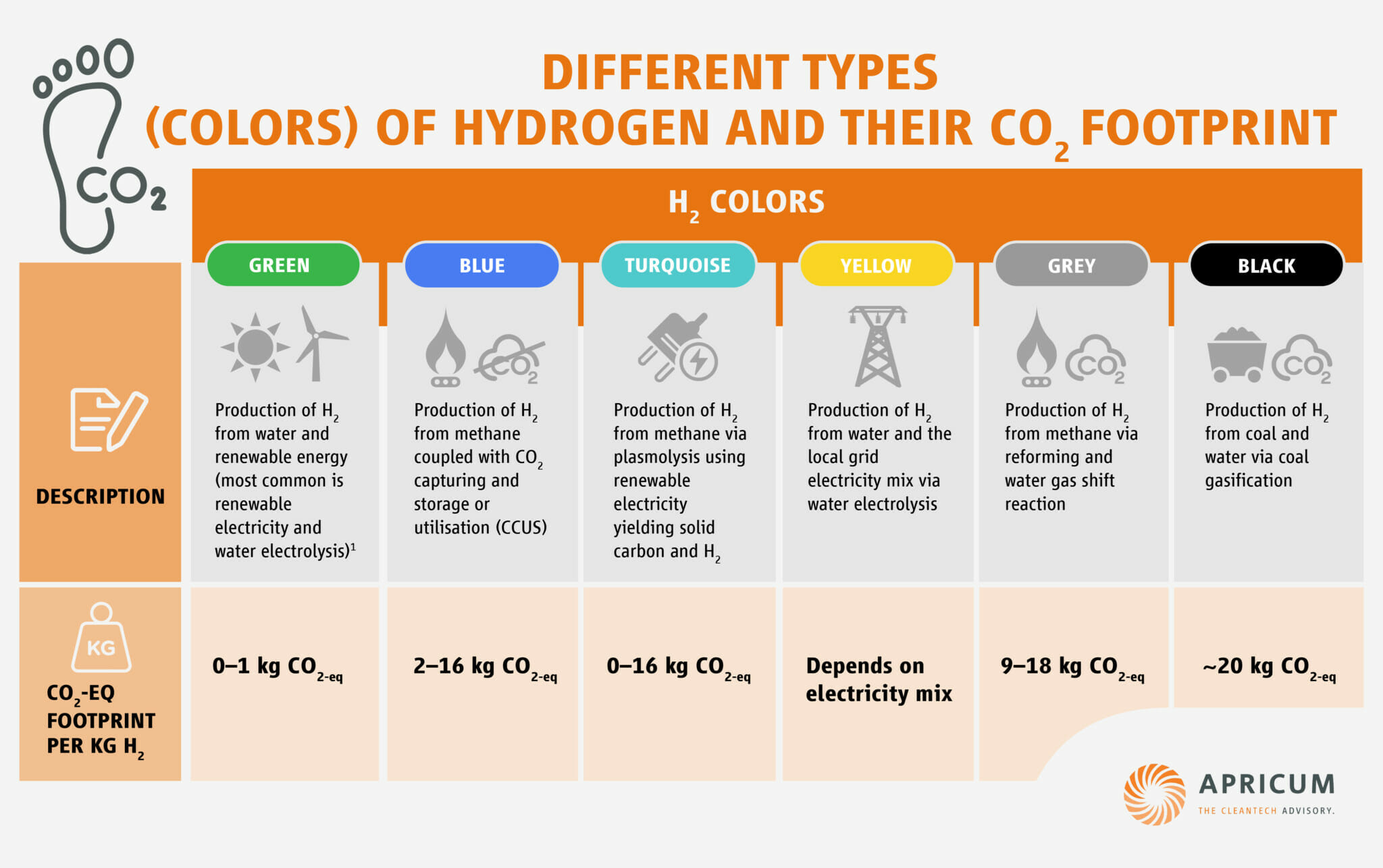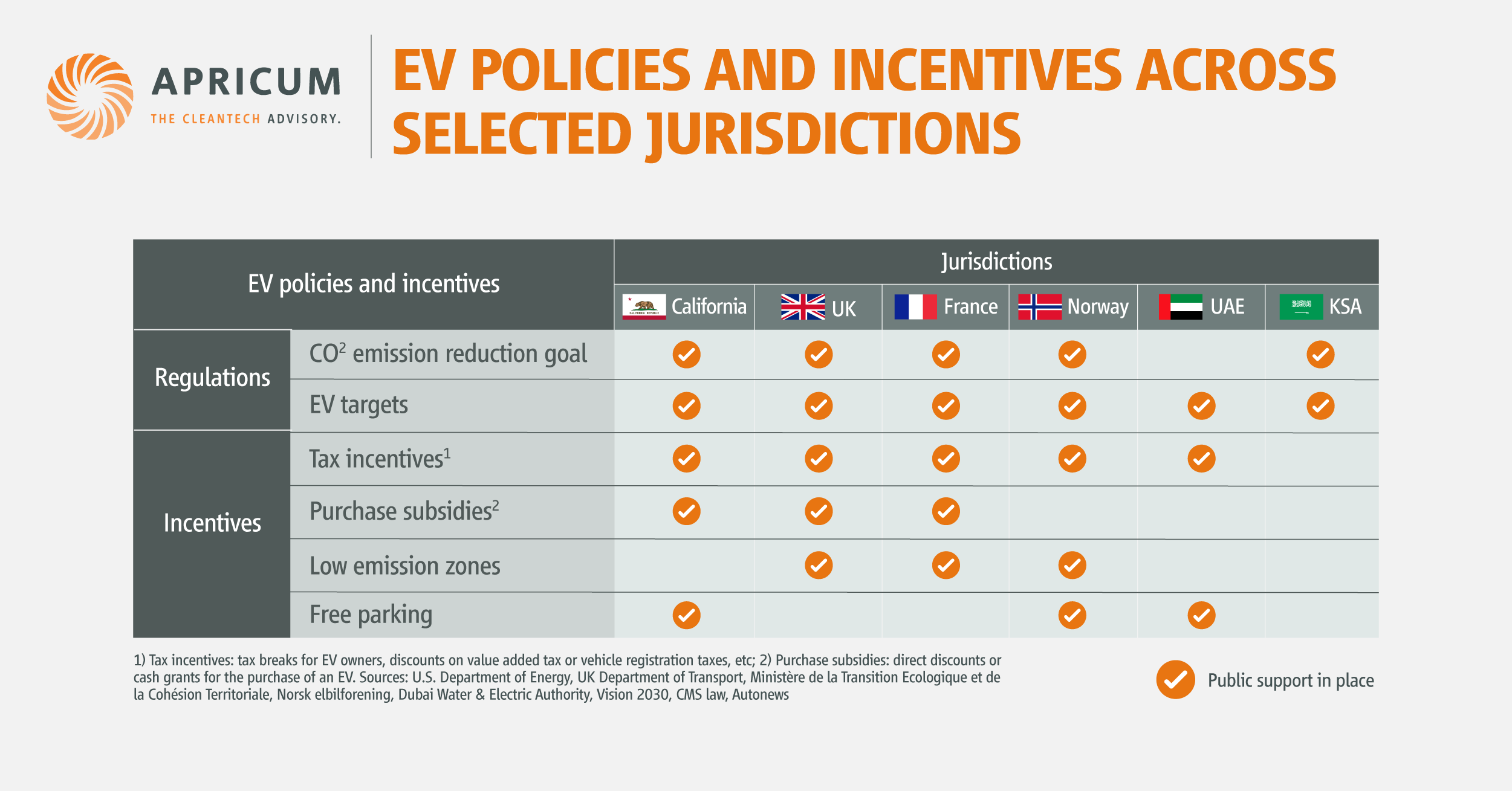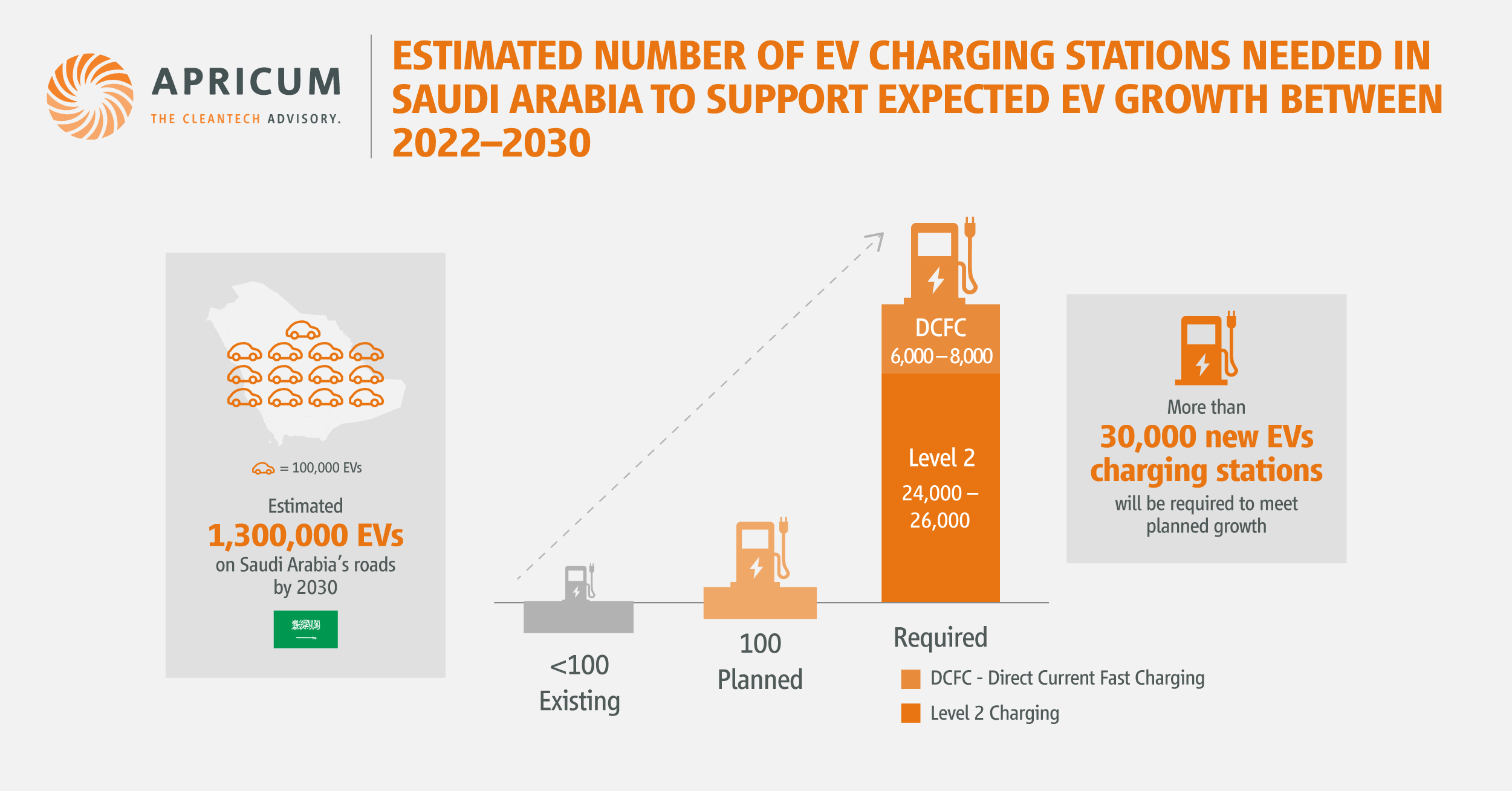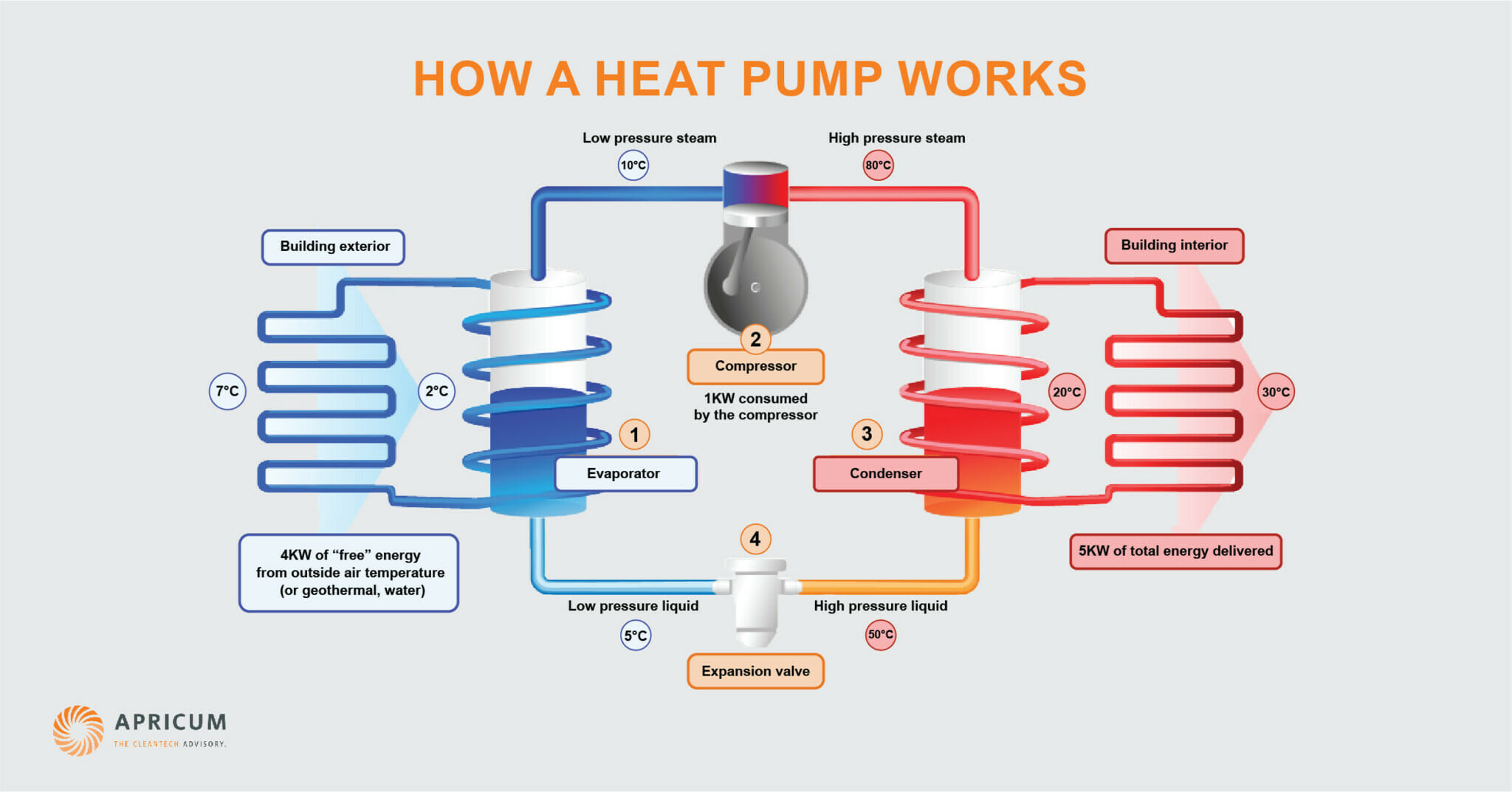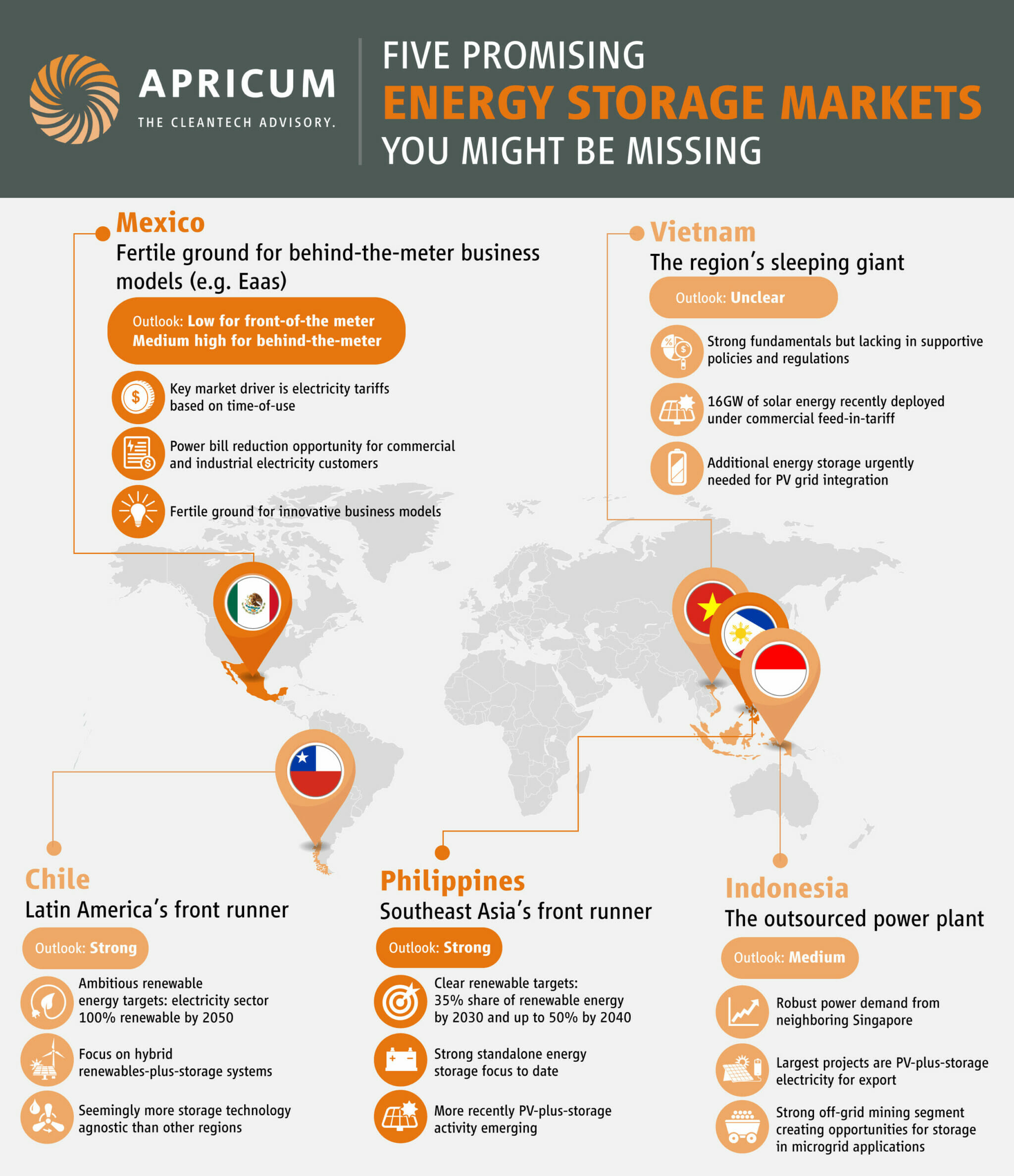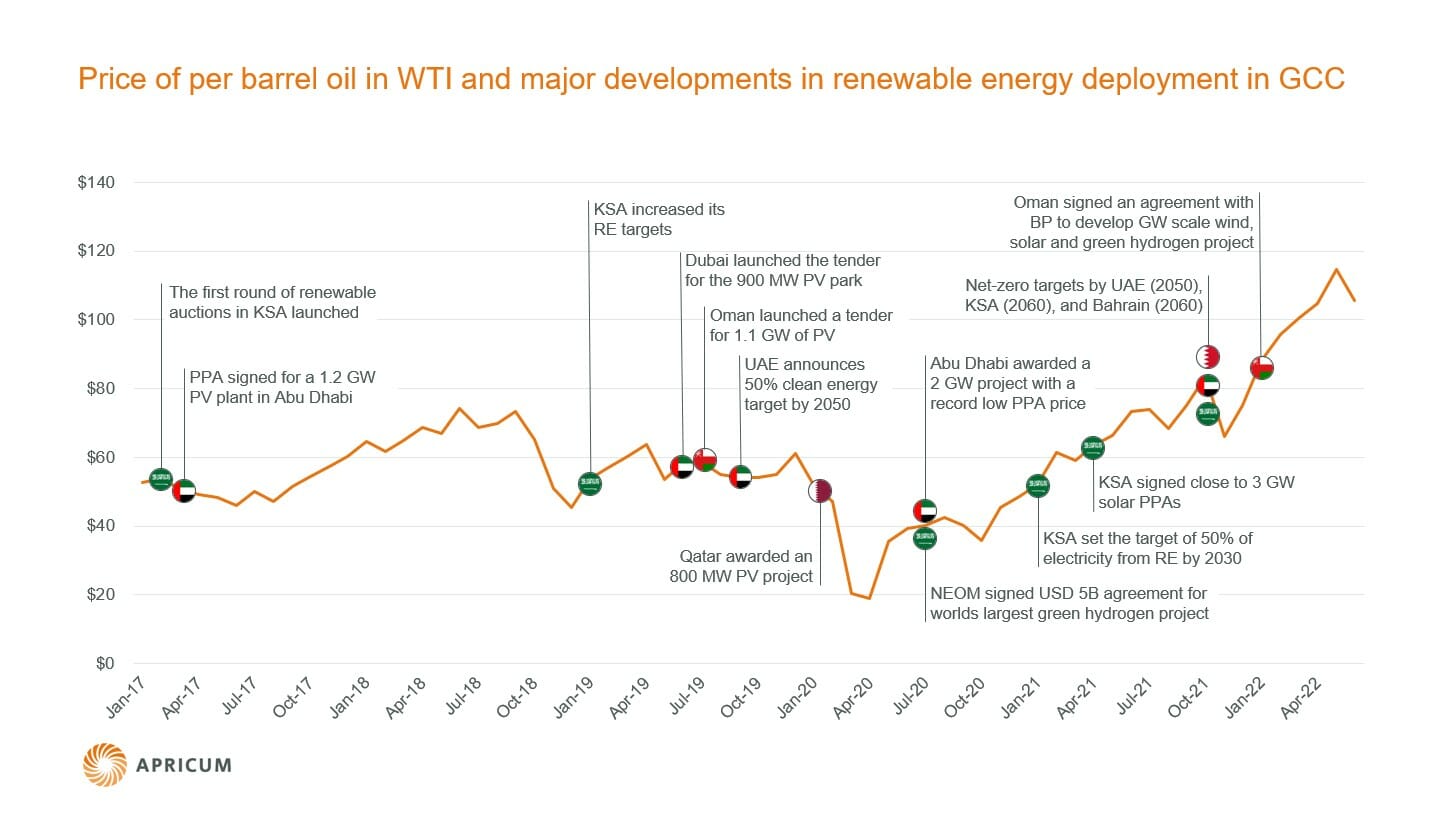Interview with Werner Koldehoff, a member of the advisory board at ESTIF, the European Solar Industry Federation, and a Senior Advisor at Apricum
Despite its growth, the solar hot water market is frequently left behind the fast-moving solar PV market. Yet solar hot water applications are one of the most economical ways to generate heat in residential, commercial and industrial uses. The solar hot water market is estimated at over USD 10 billion in turnover and is growing worldwide. In terms of collector area, China represents over 80% of the global residential market.
Apricum’s Dr. Niklas Schirmer speaks with Werner Koldehoff about the development of the market, the two main technologies and the opportunities in large-scale solar thermal systems.
Werner Koldehoff is a management consultant and one of the most reputable experts in solar thermal energy.Werner Koldehoff was for many years a board member of BSW, the German Solar Industry Association, and is a member of the advisory board at ESTIF, the European Solar Industry Federation. He is also a Senior Advisor at Apricum.
Apricum: Since 2005, Chinese solar-thermal exports grow exponentially. How should European manufacturers follow this development? Will they benefit from China’s growth or are they more concerned about a potential Chinese invasion?
Koldehoff: China has created its home market. The all-glass tube technology has been there for decades but China was the one to make it a multi-billion dollar industry.
The fast expansion of the Chinese market is changing the European stage in at least two ways. On the one hand, the sheer dimension of the Chinese solar hot water (SHW) market has drawn much attention and headlines. Thanks to this attention, end users, corporations and politicians worldwide are now more aware of the benefits of SHW.
On the other hand, Chinese companies are improving their technology and becoming more competitive, which is forcing European companies to wake up. To stay in the game, manufacturers in Europe will have to be more efficient on costs, improve their processes, develop better collectors and systems and adapt their products to local needs.
Apricum: While China bets on inexpensive evacuated-tube collectors, most European firms concentrate on flat-plate collector technologies. Which technology do you think will lead the market in the mid-term future?
Koldehoff: The market in China has grown out of necessity. The lack of infrastructure and access to energy in the Chinese countryside pushed millions of homes to look for practical solutions for water heating. And the answer was the ‘Sydney tube’, an all-glass evacuated tube collector (ETC) that is cheap and simple to install and use. Chinese manufacturers jumped on this opportunity and started mass-producing inexpensive ETC systems; now you find them everywhere in China.
Instead, Europe has largely focused on a more sophisticated system that includes a flat-plate collector (FPC), a closed-loop installation with a controller system and a special storage tank. This system has a longer lifetime and can withstand frost thanks to its anti-freeze heat transfer fluid, but is also much more expensive.
I would say that in the coming years, the domestic hot water market will belong to ETC in tropical and sunny regions, while FPC will be the preferred option for large-scale systems, such as industrial process heat, solar desalination and solar cooling, particularly in moderate climates.
Having said that, it’s also interesting to note that Chinese ETC manufacturers are exploring opportunities beyond their traditional markets and are moving into FPC applications. Manufacturers in China are developing flat-plate collectors to cover the demand in colder regions and, especially, to penetrate into high-temperature industrial applications. At the same time, they are increasing the efficiency of all-glass tube collectors.
Apricum: Behind China, Turkey is the second largest market and a production hub for solar collectors. Besides these front-runners, other countries are developing quickly, such as USA and India. In which markets do you see the biggest opportunities?
Koldehoff: America is a very attractive market, yet I think that it will take time to fully develop. The industry still has some regulatory barriers to overcome in the USA, though we are beginning to see some industrial large-scale process heat installations, which is very encouraging. India is without any doubt one of the most promising markets thanks to its fast-growing economy, large population, growing energy demand and excellent solar irradiation.
Beyond the USA and India, we should pay attention to Eastern Europe, especially Poland, and to high-potential markets like Mexico, Brazil and, not to forget, the Middle East. Notably, the Gulf countries add to all the characteristics they share with India the incentive to divert more oil to exports and shift their domestic energy use to alternative energies. Here, the largest opportunities are in industrial process heat, water desalination and, eventually, solar thermal cooling.
Apricum: The residential market (domestic hot water) dominates the global scene. However, we also see a tremendous potential for large-scale solar thermal systems. Which sectors can benefit most from large-scale SHW?
Koldehoff: Dairy industries and industrial farming, in particular fruit processing, use solar thermal process steam for cleaning, heating and crop drying. It is common today to find hotels and tourist resorts using solar thermal systems to provide hot water for rooms, laundry, dish-washing and solar cooling. Those are just a few applications but I’m sure more and more government buildings, hospitals, factories and breweries, to name a few, will tap into solar thermal systems for hot water, industrial process heat, space heating and solar cooling.
However, I must add that large-scale solar thermal systems will only take off when companies and planners understand that we need a paradigm shift: Production and energy availability must always go hand in hand. Industries should carry out the most energy-intensive operations in the time of the day when (solar) energy is available. Only when we start doing that, will we start moving towards true efficiency.





